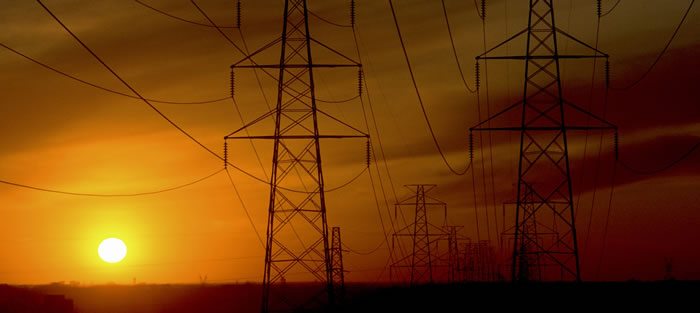The 216MW natural-gas fired Kribi Power Development Corporation and 86MW HFO-fired Dibamba Power Development Corporation plants, that sell power to Cameroon’s integrated national power body Societe Nationale d’Electricite (Sonel) under 20-year power purchase agreements (PPAs), will now be owned and operated by Globeleq.
According to Mikael Karlsson, CEO of Globeleq, Dibamba and Kribi are the only two independent power projects in Cameroon adding that they are excited to be an active participant in the country’s power sector and contribute to economic development. These quality assets add significant capacity to the company’s existing platform in the region, further establishing Globeleq as the leading private power company in Africa.
The Central African nation heavily relies on hydropower than electric. Of the installed 817MW of power, 88% is generated from hydroelectric sources alone.
The Kribi power plant uses offshore natural gas and harnesses base load generation to the grid using 13XWartsila 18V50 DF generating sets. According to Globeleq authorities, a 330MW expansion for this plant is currently being planned.
Chris Ford, head of asset management for Globeleq Africa, added noted that Globeleq has been active in Africa for many years and has proven track record owning and operating power assets all over the world. He added that the company looks forward to providing the country with reliable and affordable electricity and support the ongoing growth of the electricity sector in Cameroon.
Cameroon reportedly has large reserves of liquid petroleum gas, which are largely untapped. According to the Energy Information Administration, Cameroon’s natural gas reserves stood at 3.9 billion cubic feet (110×106 m3) as of January 1, 2004, with no known production in 2002 .
Cameroon’s electrical capacity was 810 MW in 2002, for which output for that year was 3.249 TWh, of which about 90% was from hydropower and the remainder from fossil fuels. Consumption amounted to 3.022 TWh in 2002. In the 1980s, hydroelectric capacity was expanded by an additional complex on the Sananga River (Song-Loulou) and a 72 MW generator built with Chinese aid on the Bénoué River.
However, despite Cameroon’s impressive waterpower resources, the national electricity grid runs principally from Douala to Yaoundé and from Douala to Bafoussam. Most other areas are served by diesel-generated electricity or have no electricity at all.

